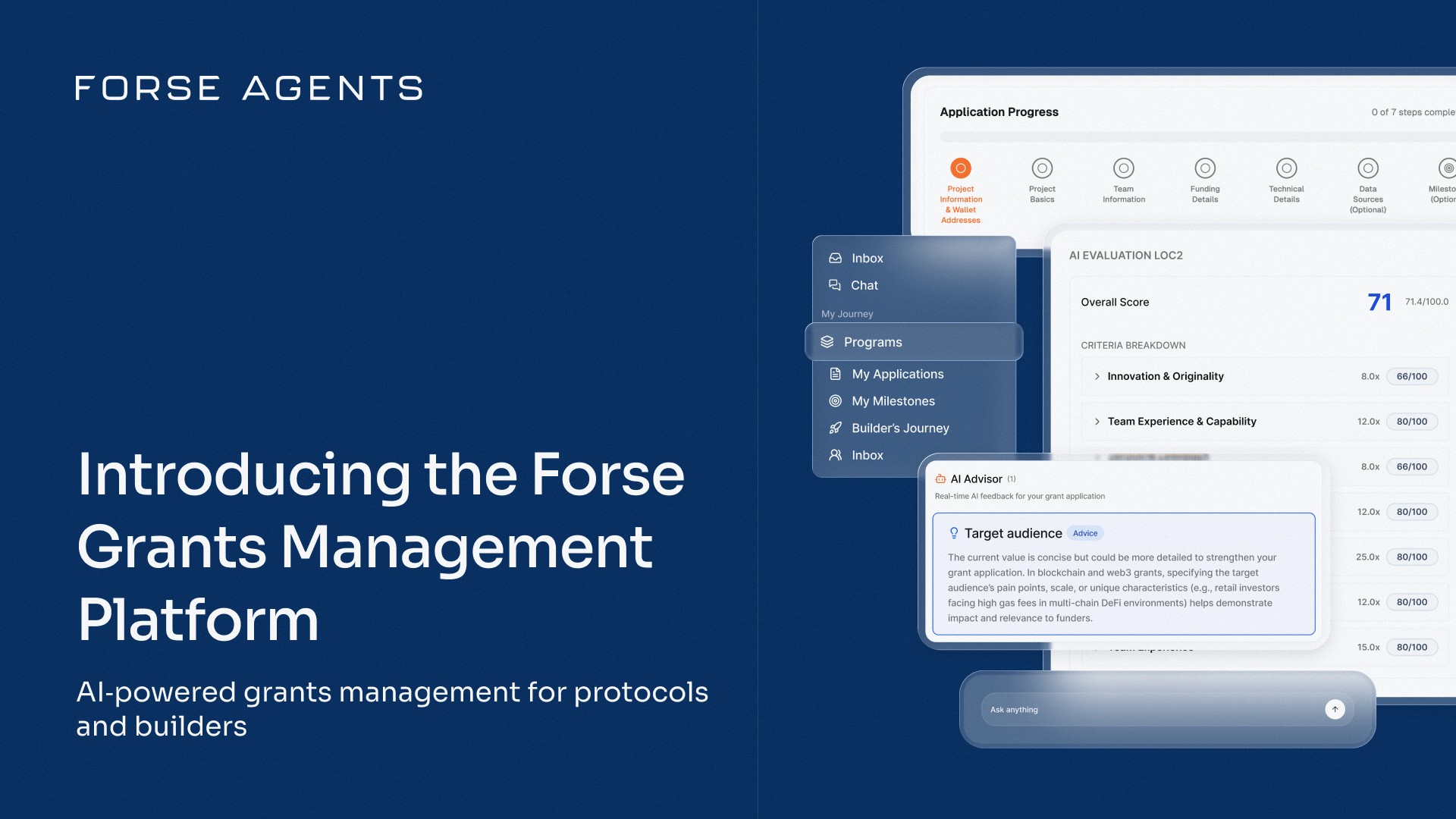We’re continuing our Interview Series — in-depth conversations with the people shaping the next era of DAO infrastructure. Each session invites a guest to share their approach to solving one critical challenge, followed by a no-fluff discussion with the StableLab team.
This time, we turned our attention to an often-overlooked but essential piece of the puzzle: permissions. How do DAOs manage authority, track responsibilities, and enforce access without falling into the traps of manual chaos or rigid hierarchies?
To help us think through that, we invited Nick Naraghi, co-founder of Hats Protocol, for a deep dive on programmable roles, modular permissions, and their new product: Hats Pro.
Meet Our Guest: Nick Naraghi, Co-Founder of Hats Protocol
Nick Naraghi has spent years building coordination tools for decentralized systems. His background cuts across product, finance, and governance infrastructure, and he’s worked at the intersection of those domains long before it was fashionable. With formal training in both Finance and Computer Science, Nick brings a pragmatic, systems-level lens to how Web3 organizations operate.
Since 2022, he’s been focused full-time on Hats Protocol, an onchain role management system designed to bring structure, accountability, and modularity to DAO operations.
In our session, he walked us through how Hats emerged, what Hats Pro unlocks, and why making roles programmable might be one of the most overlooked leverage points in DAO design today.
From Coordination Chaos to Composable Roles
Nick opened his talk by reframing a common problem in DAOs: access control isn’t just about tools, it’s a design issue. Most DAOs rely on static multisig signers or informal trust networks. This setup works until teams scale, roles shift, or compliance becomes critical. Hats Protocol proposes a more robust solution.
Hats lets DAOs define onchain roles (“hats”) with built-in permissions, eligibility rules, and revocation logic. These roles can be assigned to any address like wallets, multisigs, contracts, or agents and support both simple and complex org structures.
As adoption grew, more advanced needs emerged: rotating signers across multiple Safes, enforcing token-based eligibility, or syncing legal agreements. The base protocol allowed it, but implementation was manual. Hats Pro solves this by packaging everything into a single interface. It lets teams manage signer roles, permissions, and workflows, all enforced onchain and integrates with tools like Safe and Zodiac.
Instead of reinventing governance, it adds structure to what DAOs already do.
Projects like RareDAO, Treasure, and Premia Finance are already applying Hats to formalize signer access, streamline contributor roles, and improve accountability across multisigs and working groups.

Case Studies: TreasureDAO is expanding community influence through a council powered by Hats, enabling secure participation in Arbitrum governance with delegated $ARB.
Practical Use Cases, Limitations, and Next Steps
Raph: A lot of DAOs talk about decentralization but rely on ad hoc permissions. What’s the big unlock here?
Nick: Accountability. Most DAOs don’t have a way to enforce who should be a signer — or why. Hats let you define those requirements upfront, and the protocol enforces them automatically. It’s about shifting from vibes to verifiability.
Kene: Some people worry this looks too hierarchical — like putting org charts onchain. How do you respond to that?
Nick: That’s fair. But we’re not encoding top-down control — we’re encoding roles. It’s inspired by Holacracy. Roles can be assigned to individuals, multisigs, even autonomous agents. It’s “power-with” instead of “power-over.”
Mel: What happens if someone becomes ineligible? Say they drop below a token threshold or fail compliance?
Nick: They’re automatically offboarded. The module handles that. It’s dynamic enforcement without needing manual intervention.
Nneoma: Could you support staking or slashing as part of the eligibility criteria?
Nick: Yes — it’s already been built, just not exposed in the UI yet. You’ll be able to define hats that require staking, and slash users if they break the rules.
Kaf: Could this be used for delegate pools? Like dynamically assigning roles to the top 100 delegates by voting weight?
Nick: Absolutely. We’d rely on an oracle to track who qualifies, but the hats can be reassigned dynamically. We actually explored this with Maker’s ABC groups — like political caucuses with encoded roles.
Raph: What are you building next?
Nick: Transparency tooling. People want to see how roles work — who holds what, why, and based on what criteria. We’re building visual council directories, signer logs, and more nuanced eligibility logic — things like participation or governance history, not just token balances.
StableLab’s Take
This session reinforced a theme we’ve seen across DAO operations: authority is easy to talk about, but hard to structure. Hats introduces a programmable way to define who does what, under what conditions, and with what consequences at the contract layer.
What makes this relevant isn’t the feature set. It’s the shift in mindset. Instead of managing permissions offchain or informally, DAO operators can start treating roles as composable units, governed by clear logic, not just social trust. That doesn’t eliminate ambiguity, but it gives teams a starting point to structure responsibility in a scalable, transparent way.
For delegates, council designers, or multisig managers, this kind of logic-first approach could reduce coordination failures and make enforcement less personal. That’s not a silver bullet but it’s a practical step toward more mature operations.
For Those Interested in Learning More
🎥 Watch:
Coming Up Next
In our next Interview Series, we sit down with Ivan from Aragon to demystify vote-locker gauges, exploring how VE models align incentives, enable sticky voting, and improve DAO resource allocation
Don’t miss it.
Share with your friends:








